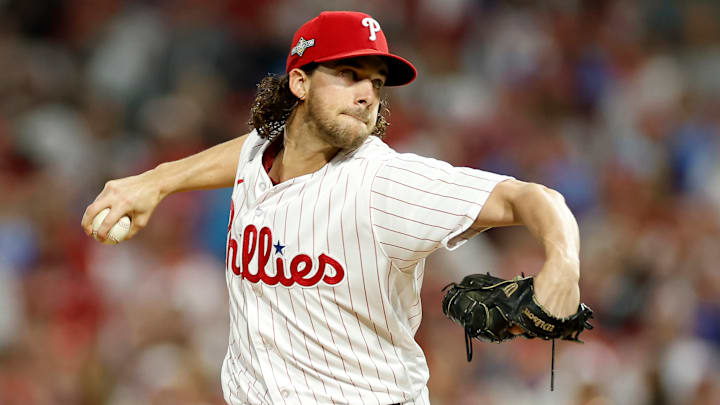Sonny Gray
The St. Louis Cardinals have been heavily linked to Sonny Gray. He hasn't seen as much focus and attention as other pitching options such as Aaron Nola and Blake Snell on the national scene, but Gray would be a strong fit for the Cardinals' rotation.
In Josh Jacobs' recent article discussing the Cardinals' interest in Gray, he mentioned a shorter contract (3-4 years) in the $25 million range. Due to Gray's age (34 this offseason) being higher than Montgomery's and Nola's, the length of the contract would be noticeably shorter than his counterparts' contracts. It does not make much financial sense for a baseball team to sign a starting pitcher into his late 30's and early 40's.
Sonny Gray is coming off his best year in 2023. He finished the season with a 2.79 ERA, 2.83 (league-leading) FIP, 1.147 WHIP, and he allowed only 0.4 home runs per nine innings. Gray was voted to the All-Star game and seems to be in the running for the American League Cy Young. Despite Minnesota's early departure from the playoffs this year, Sonny Gray is not the one to be blamed. In his 2 starts this postseason, he pitched a total of 9 innings, struck out 12 batters, and allowed 4 runs.
The former first-round pick has a career ERA of 3.47, an 8.7 Ks/9 rate, and has allowed less than 1 home run per nine innings. Gray is very strong at limiting runs and big hits, and his strikeout rate is acceptable, especially when compared to the paltry rates of recent starters for the Cardinals. St. Louis won't be alone in their bidding for Sonny, as plenty of other big-name teams need pitching. Hopefully, the smaller market of St. Louis is appealing to him, and hopefully, he is willing to pass on Los Angeles, New York, San Francisco, and even Chicago to play for the Cardinals.
Gray's numbers at his age are eerily similar to Chris Bassitt's from last year. Bassitt had a 3.45 career ERA, a 3.81 FIP, struck out 8.2 batters per nine innings, and has a 1.196 WHIP in 8 years in the majors. Last offseason, Bassitt signed a 3-year, $63 million contract with the Toronto Blue Jays. He had a qualifying offer attached to his name, meaning whoever did sign him would have to forfeit a draft pick, but that is still a good place to start when envisioning a contract for Gray. Gray is also coming off the best year of his career, so recency bias will push Gray's contract up slightly. If Josh Jacobs' estimation of a 3-year contract worth $75 million is accurate, that is pretty tough to turn down.
